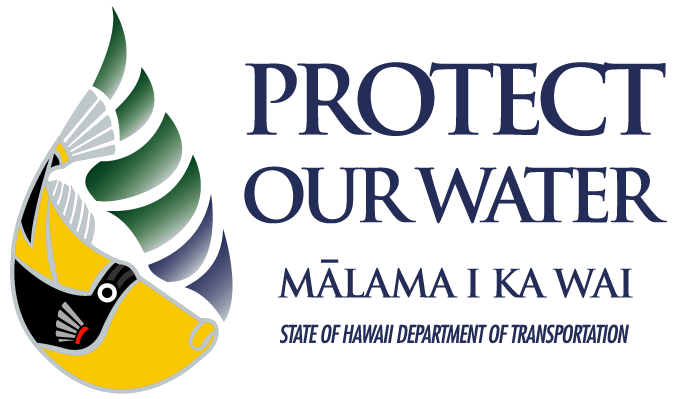The State of Hawaii Department of Transportation, Highways Division, Oahu District (DOT-HWYS) continued repairing areas of erosion along its roadways during 2017. As part of the Permanent Erosion Control Program, DOT-HWYS completed permanent repairs at thirteen sites in 2017, in addition to fourteen sites completed in 2016. These erosion repair projects occurred along the H-1 and H-2 freeways and Kamehameha and Kalanianaole Highways, and were managed by DOT-HWYS’ Salt Lake and Lower Halawa field offices. The general technique DOT-HWYS uses to repair these eroded sites involves removing invasive plant species and preparing the slope, adding mulch and fertilizer, installing erosion control matting, then planting the slope with native grasses and shrubs. During the design process the selection of hydromulch, fertilizer, erosion control fabric and plant species is determined based on the specific conditions and location of each site. For example, a tan colored matting that is designed to retain moisture (see Photo 1.1) is used on sites located in dry areas while green fabric (see Photo 2.1), with higher erosion resistance, is used in areas that consistently receive more rainfall. The goal is to establish vegetation that will be self-sustaining to eliminate future erosion issues. Keep your eyes open for several more slope repair projects in 2018!
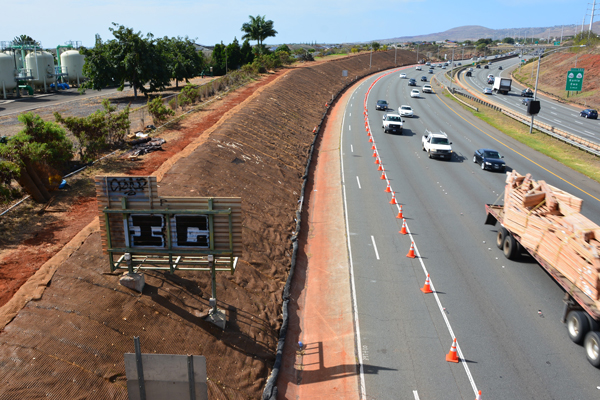
Photo 1.1: This erosion repair site along the H-1 freeway near Waipahu has been hydromulched with a mix of native grasses and fertilizer then covered with an erosion control matting.
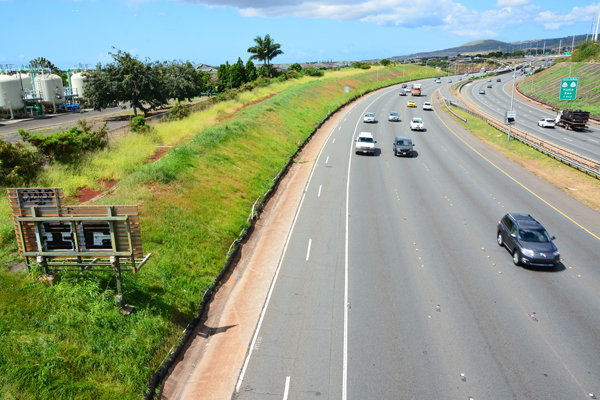
Photo 1.2: One month after planting native grasses have sprouted through the erosion control matting at this erosion repair site along the H-1 freeway in Waipahu.
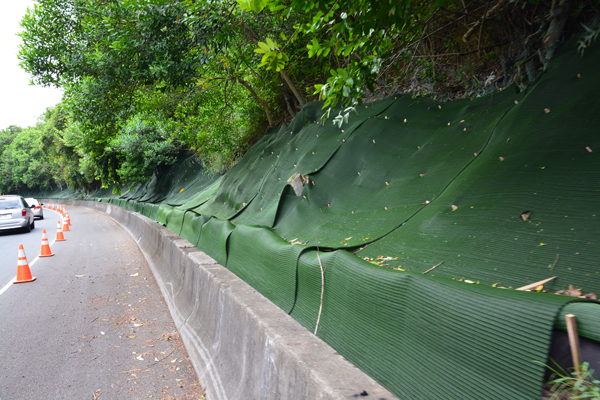
Photo 2.1: This erosion repair site along Kalanianaole Highway near Kailua has been prepared and covered with erosion control matting.
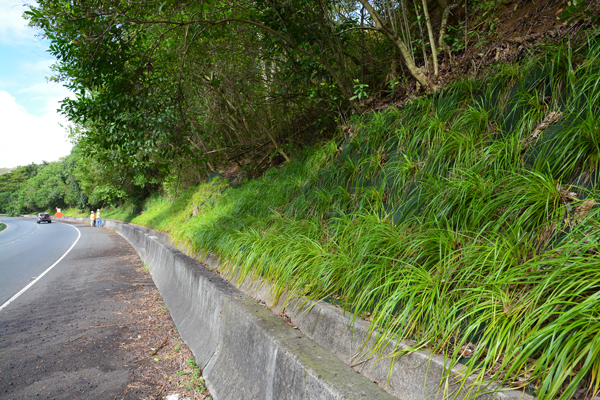
Photo 2.2: Native Carex grass has been planted through the erosion control matting at this erosion repair site along Kalanianaole Highway.
